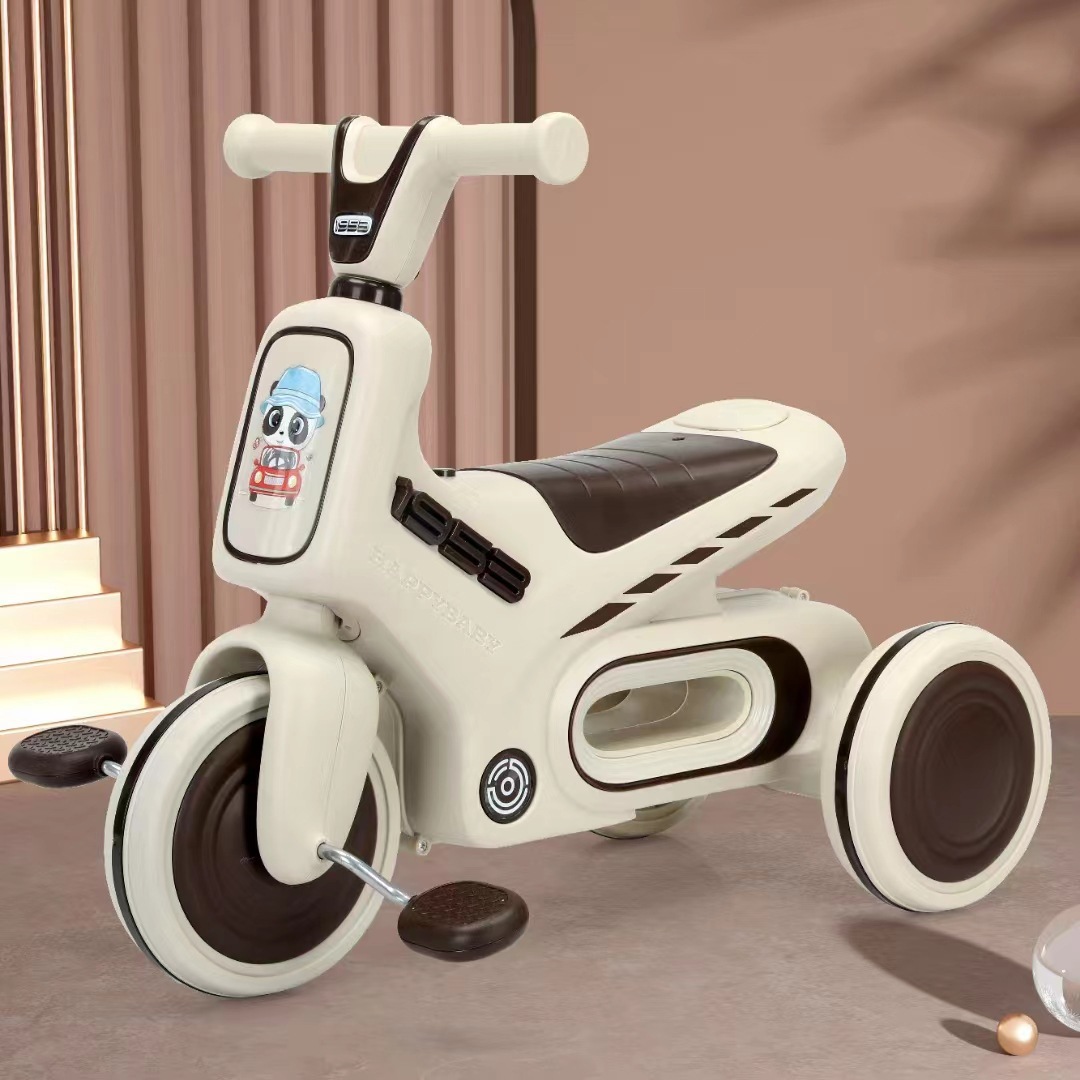Understanding the Key Distinctions Between Hybrid Bikes and Mountain Bikes
The Difference Between a Hybrid Bike and a Mountain Bike
When it comes to choosing the right bicycle for your needs, understanding the differences between a hybrid bike and a mountain bike is essential. Both types of bicycles are designed for different terrains and riding experiences, making them suitable for various preferences and activities.
Design and Build
Hybrid bikes are designed to blend characteristics of both road and mountain bikes, making them versatile and ideal for urban commuting as well as light off-road trails. They feature a lightweight frame, thinner tires than mountain bikes, and a more upright riding position. This design allows for greater speed on smooth surfaces while still offering enough stability over rougher terrains.
In contrast, mountain bikes are built for rugged outdoor conditions. They have a more robust frame, wider tires with deep treads for better traction, and a suspension system designed to absorb shocks when riding over rocks and roots. Mountain bikes are inherently sturdier, allowing for high durability in challenging environments.
Tires and Comfort
The tires on hybrid bikes typically range from 28 to 42 mm in width, providing a balance of speed and comfort. These tires are often semi-slick, making them efficient for both on-road use and some light off-road conditions, like dirt paths or gravel roads. The upright position and padded seats on hybrids offer added comfort for longer rides in urban settings.
difference between a hybrid and mountain bike

On the other hand, mountain bike tires are wider, typically from 2.1 to 2.5 inches, which contribute to better grip and stability on uneven surfaces. The suspension systems—be it hardtail (front suspension only) or full-suspension (both front and rear)—enhance comfort over obstacles, making them ideal for trails and rugged terrains.
Gearing and Performance
When it comes to gearing, hybrid bikes often have a gear range suited for moderate inclines and urban riding, allowing riders to achieve a suitable balance between speed and ease of pedaling. Their gearing systems may have fewer speeds, simplifying the shifting process for casual riders.
Mountain bikes boast a broader range of gears designed to handle steep climbs and descend effectively on rough terrains. A mountain bike's gearing allows cyclists to navigate challenging landscapes more easily, making them the go-to choice for trail-based adventures.
Conclusion
Ultimately, the choice between a hybrid bike and a mountain bike depends on your riding style and intended use. If you're looking for a bicycle that can handle city streets and occasional dirt paths, a hybrid bike is an excellent option. Conversely, if you plan to tackle rugged trails and steep climbs, a mountain bike will serve you better. Understanding these differences ensures you select a bike that aligns with your biking endeavors.
-
Baby Balance Bike OEM Service – Kids No-Pedal, LightweightNewsNov.10,2025
-
OEM Kids Bike Children Bicycle – Cheap Wholesale BicyclesNewsNov.10,2025
-
Kids Bike New Model 12–18 inch Boys & Girls Bike, AdjustableNewsNov.10,2025
-
China Cheap Price Safe Kids Bike for 10yo w/ Training WheelsNewsNov.10,2025
-
China CE-Certified Kids Balance Bike, Guaranteed QualityNewsNov.10,2025
-
Colorful Outdoor Flashing Carton Children Scooter for KidsNewsNov.10,2025
-
Best Price Kids Balance Bike – Superior Quality, No PedalsNewsNov.10,2025








